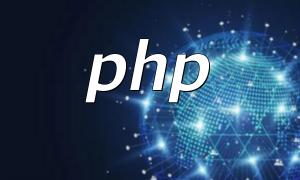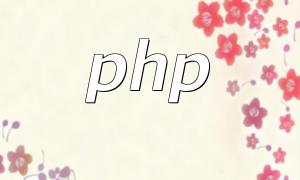With the rapid evolution of online commerce, the B2C (Business to Customer) model has become the go-to strategy for companies aiming to expand their digital presence. Thanks to the open-source nature of PHP, developers can build scalable and feature-rich eCommerce platforms. This article explores the architecture of B2C PHP source code and provides practical guidance for development and optimization.
Choosing B2C PHP source code to develop an eCommerce system comes with several advantages:
PHP is a mature, open-source scripting language with extensive developer resources and community support.
It integrates seamlessly with databases like MySQL, making it suitable for high-volume data processing.
Deployment is cost-effective, which is ideal for startups and small businesses.
Modern frameworks like Laravel and ThinkPHP further streamline the development process.
A clear understanding of the source code structure is essential for maintaining and scaling a B2C project. Typically, a B2C PHP application consists of the following key components:
Front-End Interface: Built with HTML, CSS, and JavaScript to manage user interactions and display.
Back-End Logic: Core PHP files that handle business logic, process requests, and manage data.
Database Layer: MySQL or similar databases used for storing user accounts, product data, orders, etc.
Effective coordination between front-end and back-end is crucial for B2C development. The front-end sends user requests (such as login or placing orders), while the back-end processes these requests and returns appropriate responses. A well-integrated structure ensures optimal user experience and system responsiveness.
Here’s a simple PHP example that demonstrates how to build a basic user login system for a B2C platform:
session_start();
if ($_SERVER['REQUEST_METHOD'] == 'POST') {
$username = $_POST['username'];
$password = $_POST['password'];
// Connect to database
$conn = new mysqli('localhost', 'user', 'password', 'database');
// Query and validate user
$query = "SELECT * FROM users WHERE username='$username' AND password='$password'";
$result = $conn->query($query);
if ($result->num_rows > 0) {
$_SESSION['user'] = $username;
echo "Login successful";
} else {
echo "Incorrect username or password";
}
$conn->close();
}
?>
Developers can expand on this example by adding password hashing, validation layers, or login logging mechanisms.
For any B2C platform to succeed, maintaining high performance is critical. Below are some key strategies for improving system speed and reliability:
Use caching systems like Redis or Memcached to reduce database load.
Optimize database queries and ensure key columns are properly indexed.
Compress and combine front-end assets (CSS, JS, images) to speed up page loading.
Use a CDN (Content Delivery Network) to serve static resources faster across regions.
By analyzing B2C PHP source code and applying the practices discussed, developers can build robust, scalable, and efficient eCommerce platforms. Whether you're new to PHP or an experienced engineer, this guide offers valuable insights for building and optimizing modern B2C applications.









